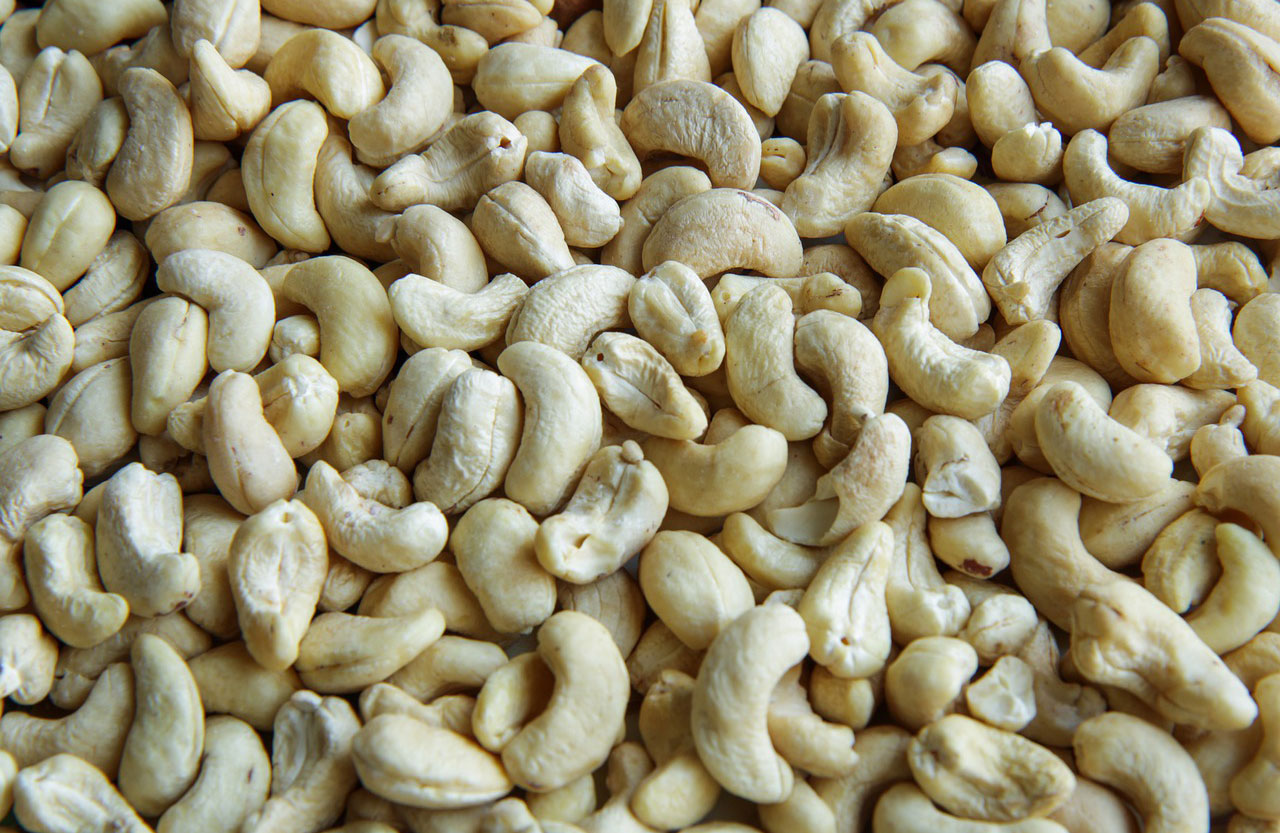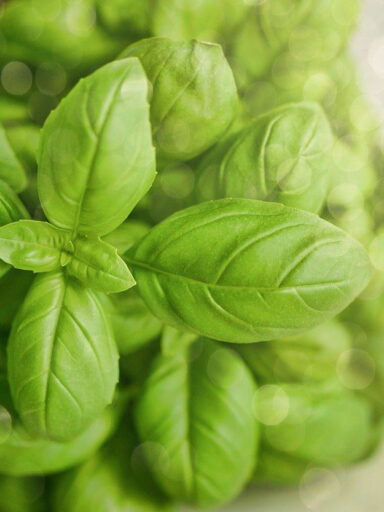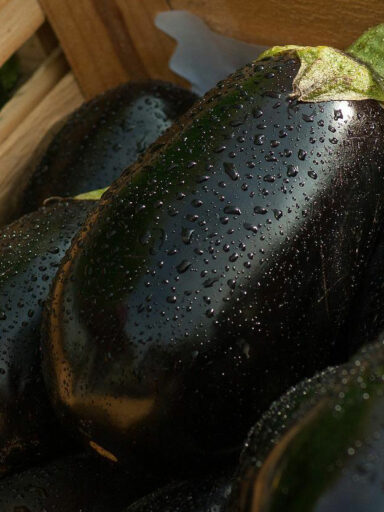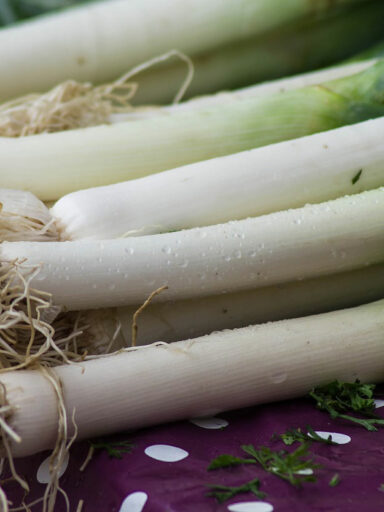The cashew nut comes from the evergreen cashew tree which also produces the cashew apple. Botanically it belongs to the Anacardium genus of the Anacardiaceae family of plants which happen to be related to mango or pistachio.
This plant which can be grown upwards of 15 meters originated in Brazil with today’s biggest producers worldwide being Vietnam, Nigeria, India, Côte d’Ivoire, and Benin respectively. Cashew or caju in Portuguese is grown primarily for its nut or the apple.
The nut is usually eaten as a snack, added to other dishes as an ingredient, or made into butter, cashew cheese, or extracted for oil. The cashew apple fruit on the other hand which ranges from red to yellow in color is used to make fruit drinks or distilled into liquor.
The cashew apple appears oval or pear-shaped and is an accessory fruit or false fruit. The fruit grows to about 5 to 11 cm long.
The skin is delicate which makes it unsuitable for transportation. It is, however, edible and has a sweet taste and smell, and is rather juicy.
The pulp resembles that of mango with a hint of sweet pepper and citrus flavor.
The “C” shaped nut is contained in a similarly shaped drupe resembling a kidney. This happens to be the true fruit or drupe and grows at the end of the cashew apple.
The seed is contained in a double shell that has allergenic resins and toxins, phenolic resin, and urushiol which is similar to those in poison ivy. The toxins can be destroyed by properly roasting the nuts.
Shelled cashew nuts are found in markets all year round. Unshelled cashew nuts are not sold in stores due to the toxins. Nevertheless, they can be purchased raw, roasted, salted, candied, or sweetened. Good nuts should be off-white in color and free from blemishes.
They should be vibrant in color, firm, and glossy. They should not have any bruises, mold, wrinkles, or any rancid smell.
Cashews can keep for months at home stored in an airtight container in a refrigerator.
Preparation of Cashew Nut for Culinary Uses
The cashew nut can be eaten as a snack raw or cooked. When you cook you can roast, salt, sweeten or eat them candied. They can be used as a garnish to other dishes or they can be used as an ingredient in different dishes. These include soup, sauce, salad, and dessert dishes.
They can be sprinkled over dessert dishes crushed and mixed with other nuts such as almonds, macadamia, or pistachio among others.
In India, Pakistan, and Persia regions, they are used in rice dishes like biriyani and pulao or to enhance curries and the like. You can also bake them in cakes and pastry preparations.
Cashew apples are eaten as a fruit as well as to prepare juice. Cashew oil which appears as a dark yellow oil is used for cooking or salad dressing. It is cold-pressed from the nuts.
Nutritional Benefits
Cashews are high in calories containing 553 calories per 100 grams. They are very rich in mono-unsaturated fatty acids like oleic and palmitoleic acids. They are also rich in vitamins and minerals. They contain antioxidants as well as are rich in carbohydrates and proteins. They are also a good source of dietary fiber.
Cashews contain plenty of pyridoxine, thiamin, vitamin E, and vitamin K. They are also a great source of pantothenic acid, folates, niacin, and riboflavin.
These nuts are very rich in minerals. They are a great source of potassium and calcium. They are also very rich in copper, iron, magnesium, and manganese. Other minerals that cashews contain plenty of include selenium, phosphorus, and zinc.



